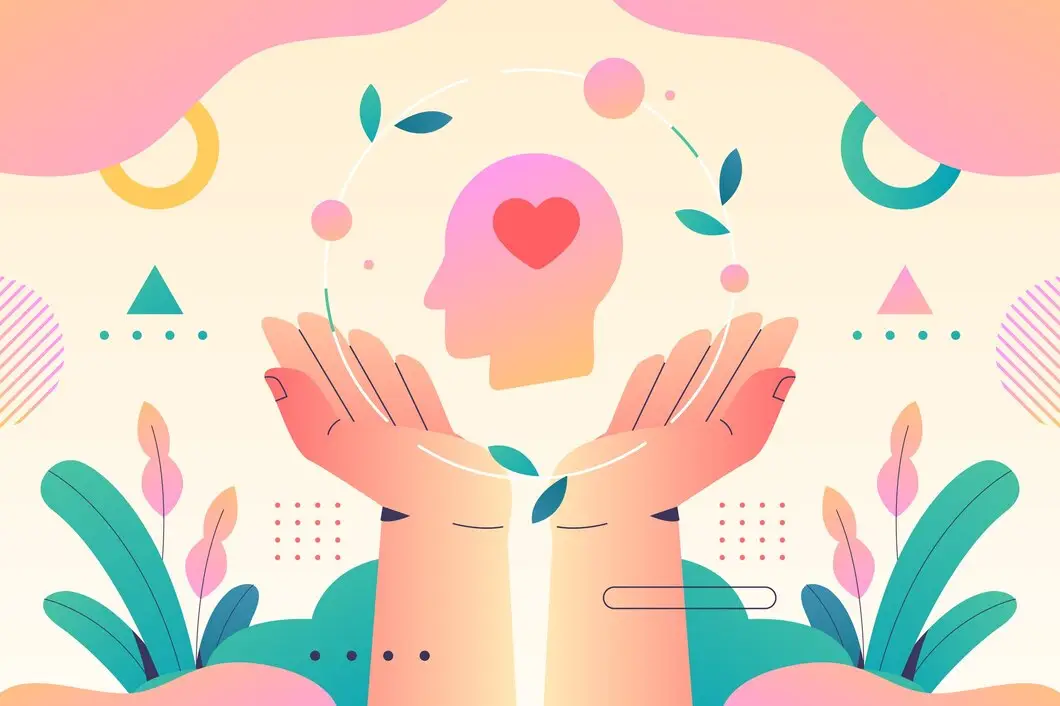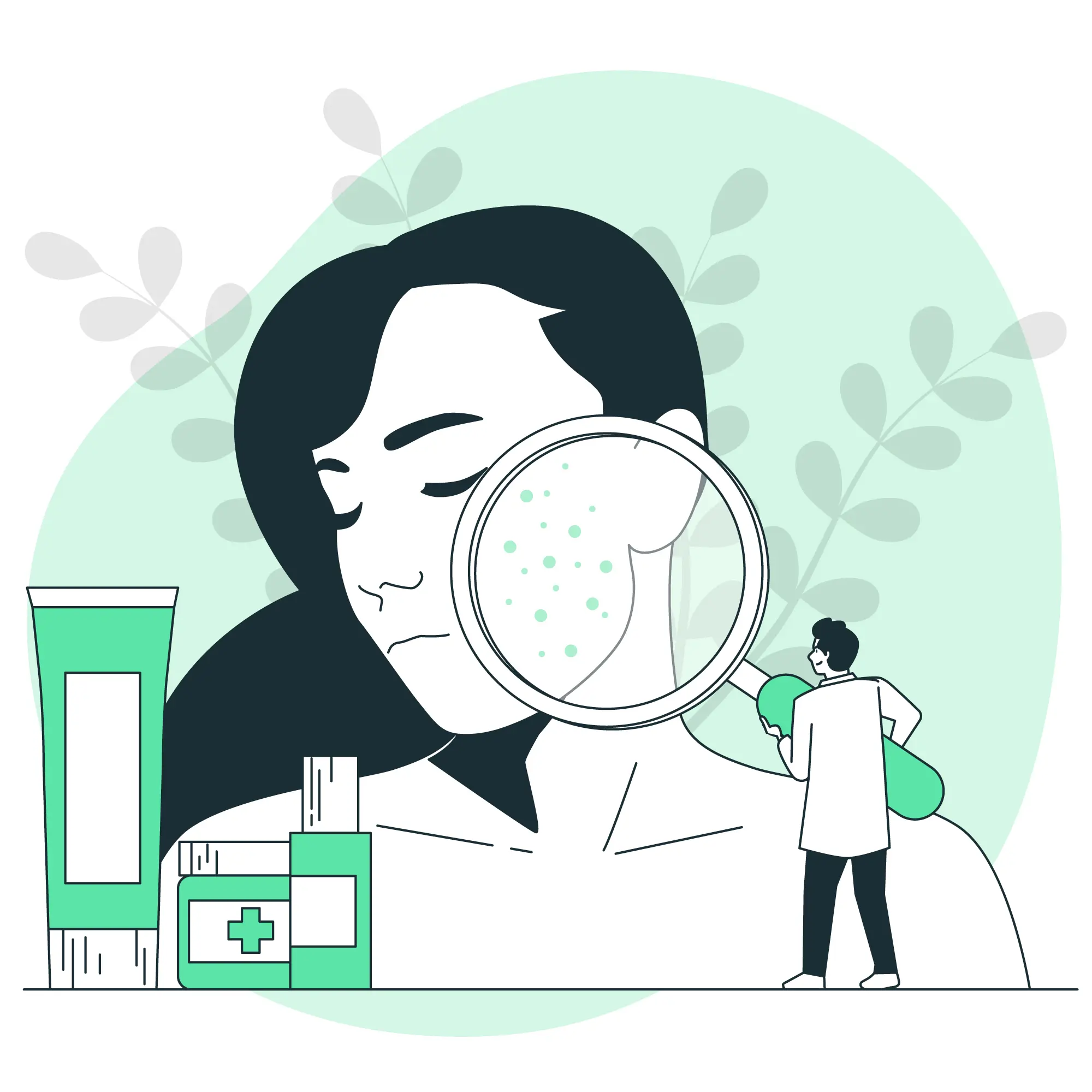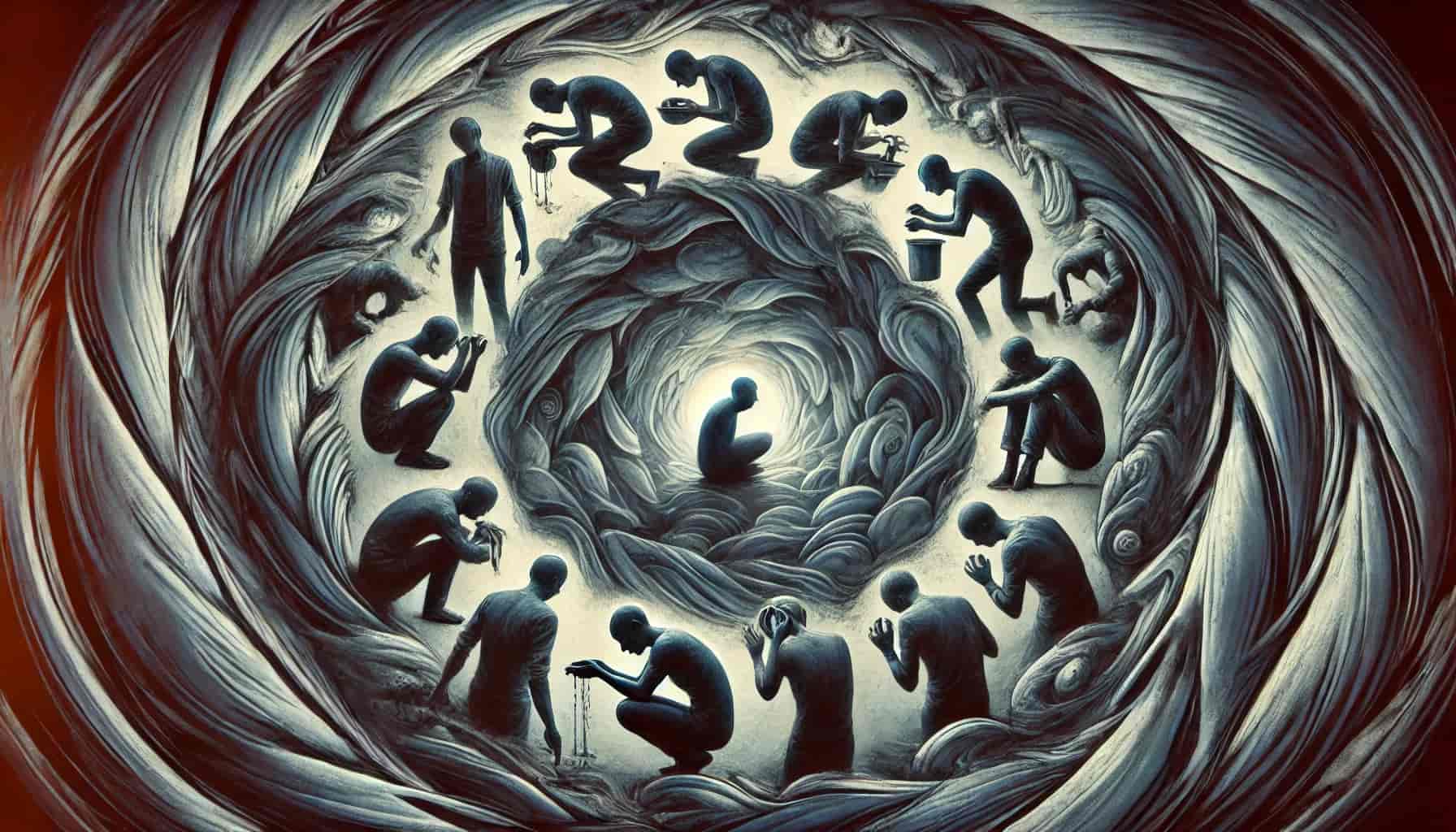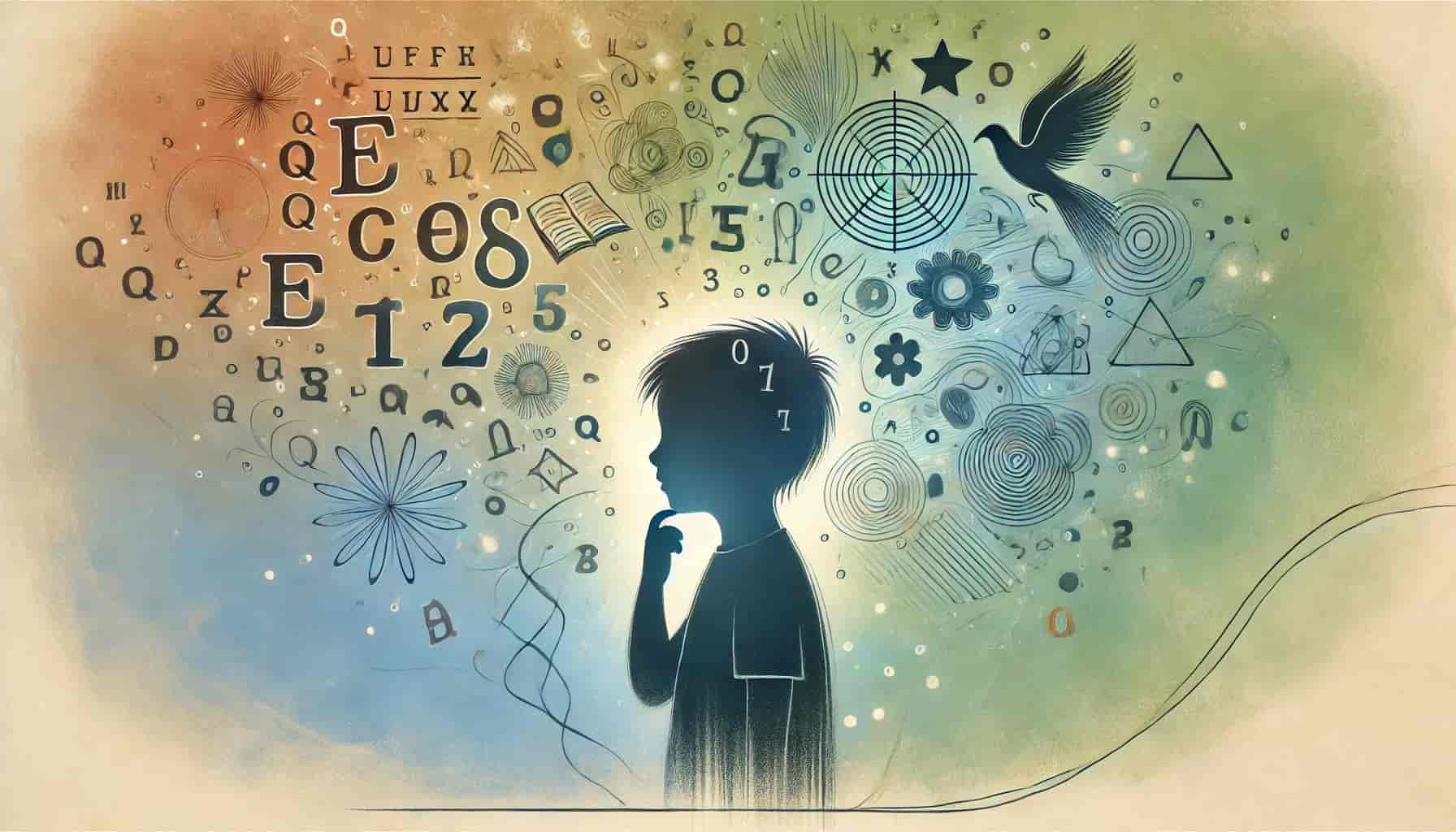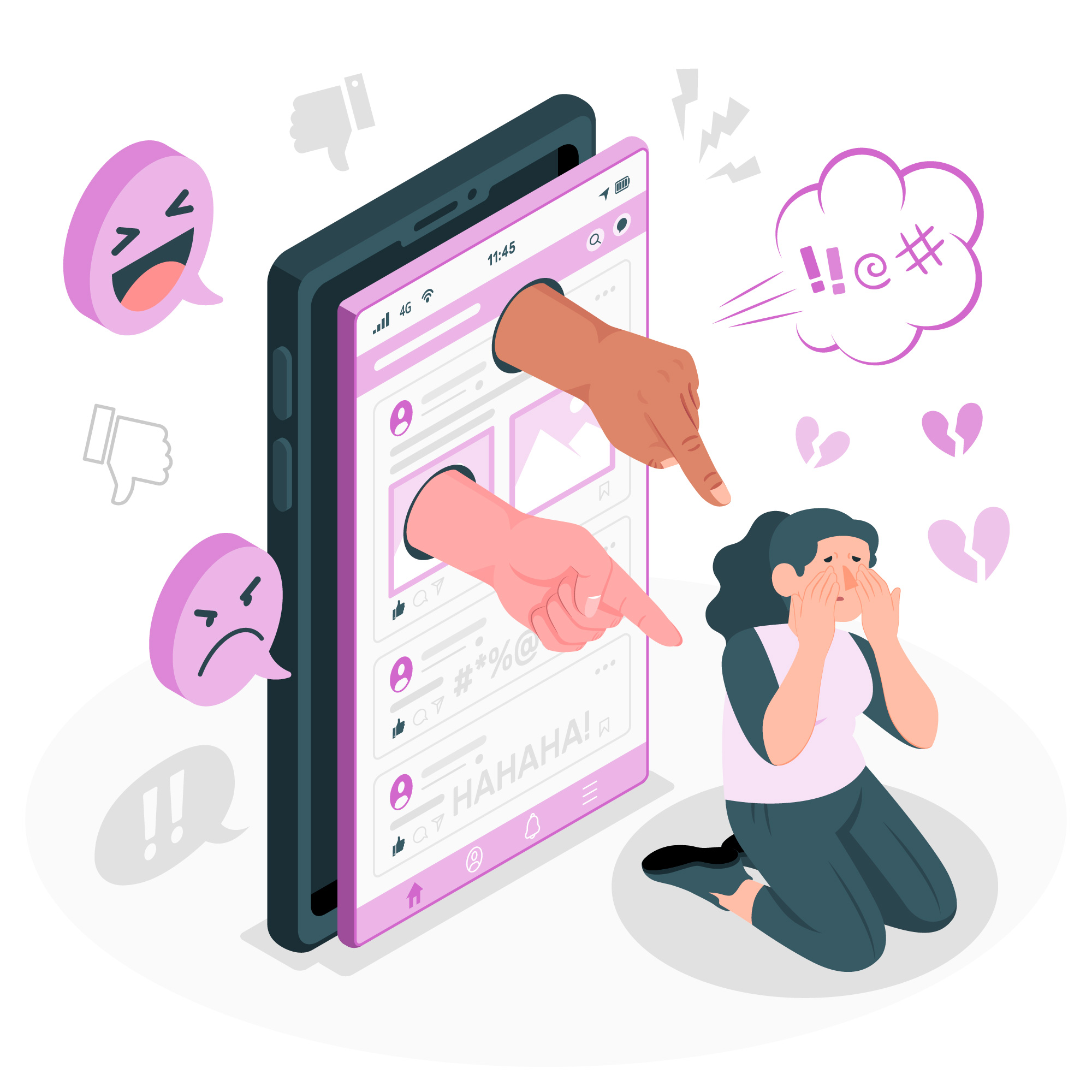Key Facts
Prevalence in India: Though data is limited, eating disorders are increasingly recognized in India, especially in urban areas where cultural pressures, modernization, and exposure to media-driven body ideals are prevalent.
Types: The most common types in India include anorexia nervosa, bulimia nervosa, and binge-eating disorder (BED). Additionally, orthorexia (an obsession with healthy eating) is gaining attention, particularly among urban youth.
Gender disparity: As in global trends, eating disorders in India disproportionately affect women, particularly during adolescence and young adulthood. However, men are also increasingly affected.
Cultural Influence: Western ideals of thinness are becoming more prevalent in urban India, contributing to body dissatisfaction, while traditional views about food and body weight still shape the rural experience.
Overview
Eating disorders in India are serious mental health conditions that disrupt an individual’s relationship with food and body image. They often go unnoticed or misdiagnosed, as cultural attitudes towards body image and eating differ widely across the country. Many individuals may not recognize disordered eating behaviors due to societal norms that promote fasting or specific body ideals. As modernization progresses, younger populations are increasingly susceptible to eating disorders due to media exposure, social pressures, and shifting lifestyle patterns. Early detection and intervention are crucial for preventing the physical and psychological complications of these disorders.
Symptoms and Patterns
Eating disorders can manifest differently across India depending on cultural, social, and economic contexts. Here are the major types and their symptoms:
- Anorexia Nervosa:
- Severe restriction of food intake: People drastically reduce their food consumption, leading to extreme weight loss.
- Fear of weight gain: Despite being underweight, individuals may have a distorted body image and an overwhelming fear of gaining weight.
- Cultural reinforcement: In some Indian communities, thinner body types may be glorified due to media portrayals of beauty, but in others, there is pressure to maintain a “healthy” or fuller appearance.
- Bulimia Nervosa:
- Binge eating followed by purging: People consume large amounts of food and then engage in behaviors like vomiting or excessive exercise to avoid weight gain.
- Body dissatisfaction: There is an intense focus on controlling weight, often driven by societal and peer pressures, particularly in urban Indian settings.
- Binge-Eating Disorder (BED):
- Frequent episodes of overeating: This disorder involves consuming large quantities of food, often quickly and when not physically hungry.
- No purging: Unlike bulimia, individuals do not purge after binge eating but may feel intense guilt or shame, which can lead to a cycle of emotional eating.
- Other Common Symptoms:
- Preoccupation with food and dieting: Many individuals spend a significant amount of time thinking about food, meal planning, or engaging in fad diets.
- Physical symptoms: Changes in hair, skin, nails, dental health, and menstrual irregularities are common.
- Social isolation: Due to fear of eating in front of others or criticism, people may avoid social gatherings or meals.
Risk and Protective Factors
- Risk Factors:
- Cultural Pressures: Urbanization and Western beauty ideals increasingly influence body image in India, particularly through Bollywood, social media, and advertising, where slim figures are often glorified.
- Family and Societal Norms: In some families, comments about body weight and appearance are common, contributing to poor self-esteem and unhealthy relationships with food.
- Trauma and Abuse: In India, experiences like bullying, emotional or physical abuse, and trauma related to caste, gender, or socio-economic background can trigger eating disorders.
- Psychological issues: Anxiety, depression, low self-esteem, and perfectionism are often linked to eating disorders.
- Protective Factors:
- Family support: Positive family dynamics and conversations around healthy eating and body positivity can protect against the development of eating disorders.
- Traditional Health Practices: Yoga, meditation, and Ayurveda emphasize mental and physical balance, which may help mitigate stress and body image issues.
- Early Intervention: Timely identification of disordered eating behaviors and promoting a balanced, healthy lifestyle can prevent the disorder from escalating.
Treatment and Care
India is slowly recognizing the severity of eating disorders, but stigma, cultural misunderstandings, and a lack of specialized services in rural areas hinder treatment access. Multidisciplinary approaches involving doctors, mental health professionals, and dietitians are essential.
- Medical Care: Severe cases of anorexia nervosa or bulimia may require hospitalization, especially to treat malnutrition or heart issues.
- Nutritional Rehabilitation: A dietitian’s guidance is key in helping individuals restore healthy eating habits. This might involve introducing a balanced, Indian-style diet to meet nutritional needs while slowly addressing fears around food.
- Medical Interventions: Sleep aids, antidepressants, or antipsychotics may be prescribed for individuals with severe anxiety, depression, or obsessive tendencies linked to their eating disorder.
- Medicines: While medication alone is not a cure for eating disorders, it can help manage underlying or co-occurring mental health conditions:
- Antidepressants: Selective serotonin reuptake inhibitors (SSRIs) like fluoxetine (Prozac) are prescribed to treat bulimia nervosa, and they can help reduce binge-purge episodes.
- Mood Stabilizers: These may be used in cases of mood disorders that accompany an eating disorder.
- Antipsychotics: For severe cases of anorexia, where anxiety or obsessive behaviors are present, antipsychotics like olanzapine can reduce anxiety and promote weight gain.
Note: Medication should be prescribed and monitored by a healthcare professional to ensure efficacy and manage any potential side effects.
Psychological and Psychosocial Interventions
- Cognitive Behavioral Therapy (CBT): One of the most effective approaches for treating eating disorders, CBT helps individuals change distorted thoughts and behaviors related to food and body image.
- Family-Based Therapy (FBT): Especially for adolescents, involving the family in the recovery process can be highly effective in helping individuals develop a healthier relationship with food.
- Group Therapy and Support Groups: These can be incredibly valuable in helping individuals share their experiences and reduce feelings of isolation.
- Culturally Adaptive Therapy: Given India’s cultural diversity, therapies that are sensitive to the individual’s socio-cultural background are increasingly being recommended.
Conclusion
Eating disorders in India are on the rise, particularly in urban areas where Westernized body ideals, social media, and peer pressure contribute to body image issues. However, traditional views on health and body size still persist in many parts of the country, making detection and treatment challenging. Raising awareness, increasing access to treatment, and promoting body positivity are critical steps to preventing and treating these disorders. By combining modern medical interventions with India’s rich tradition of mindfulness and wellness, individuals can find a path to recovery and overall well-being.


